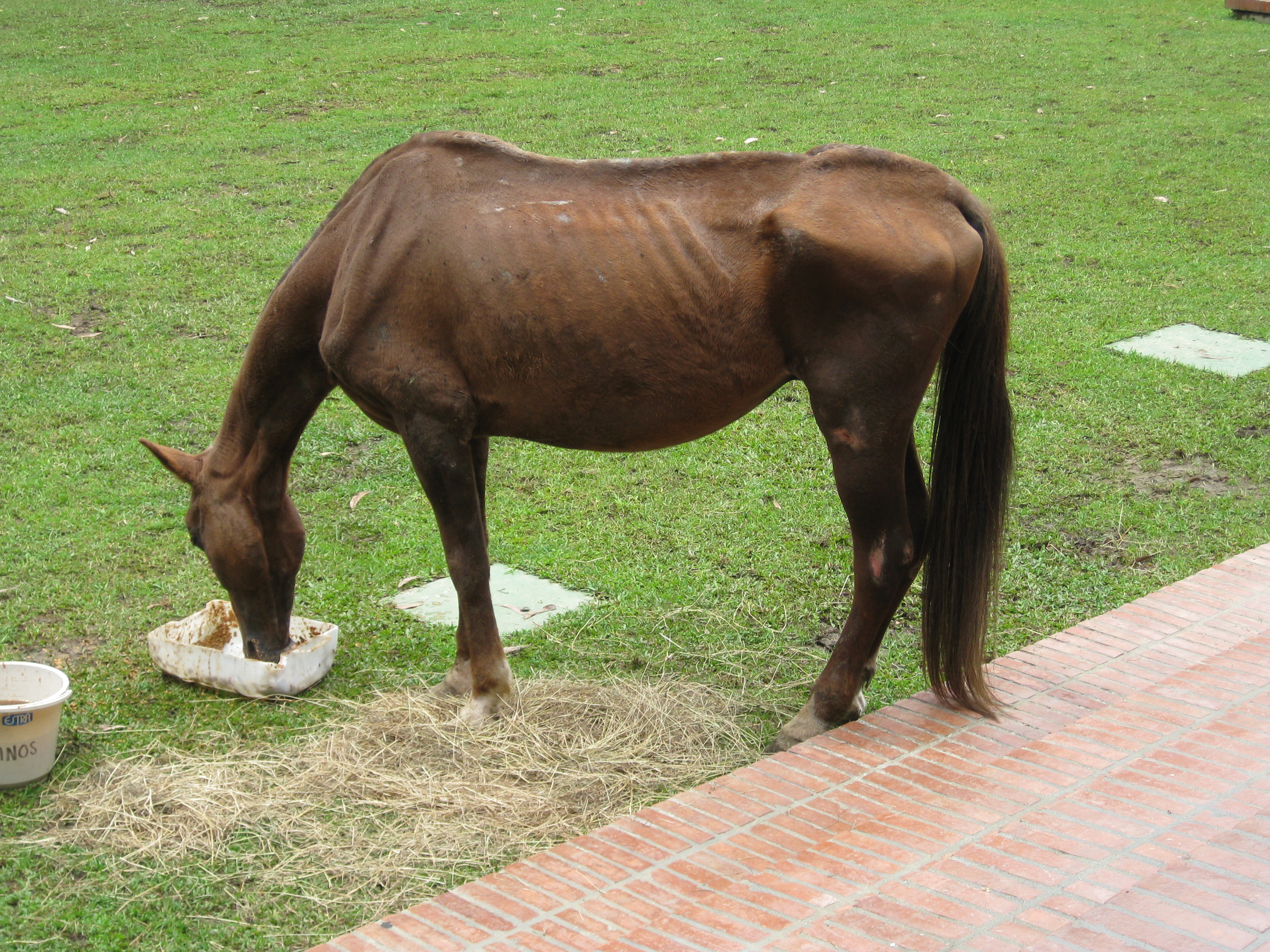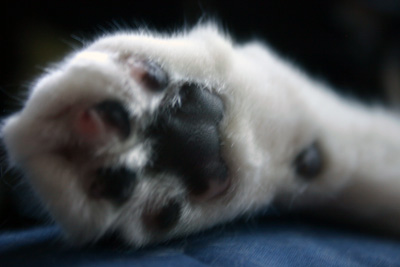|
Venomoid
A venomoid is a venomous snake that has undergone a surgical procedure to remove or inhibit its production of snake venom, venom. This procedure has been used for venomous snakes kept as pets or used in public demonstrations in order to remove the risk of injury or death when handled. The removal of venom glands or fangs of exhibited animals may be by surgery or simple mutilation; some or all of these procedures have been considered illegal and unethical. Removal of fangs is uncommon, as snakes frequently regenerate teeth, and the more invasive procedure of removing the underlying maxillary bone would be fatal. Most venomoid procedures consist of either removing the venom gland itself, or severing the duct between the gland and the fang. However, the duct and gland have been known to regenerate, and supposedly "safe" snakes have killed mice and successfully envenomated humans. [...More Info...] [...Related Items...] OR: [Wikipedia] [Google] [Baidu] |
Raymond Hoser
Raymond Terrence Hoser (born 1962) is an Australian snake-catcher and author. Since 1976, he has written books and articles about official corruption in Australia. He has also written works on Australian frogs and reptiles. Hoser's work on herpetology is controversial, including his advocacy of the surgical alteration of captive snakes to remove their venom glands and his self-published herpetological taxonomy, which has been described as "taxonomic vandalism". Career Whistleblower Hoser has published several works as a whistleblower. In a 1998 radio interview he said that he was "known as an anti-corruption crusader". An analysis of his work by the Rationalist Society of Australia referred to him as a "tireless investigator" and he has received praise from Brian Martin, a former president of Whistleblowers Australia. In his 1993 book ''Smuggled'', Hoser wrote that officials of the wildlife services in New South Wales were involved in the illegal wildlife trade. In 1995, Ho ... [...More Info...] [...Related Items...] OR: [Wikipedia] [Google] [Baidu] |
Venomous Snake
Venomous snakes are Species (biology), species of the Suborder (biology), suborder Snake, Serpentes that are capable of producing Snake venom, venom, which they use for killing prey, for defense, and to assist with digestion of their prey. The venom is typically delivered by injection using hollow or grooved fangs, although some venomous snakes lack well-developed fangs. Common venomous snakes include the Family (biology), families Elapidae, Viperidae, Atractaspididae, and some of the Colubridae. The toxicity of venom is mainly indicated by murine , while multiple factors are considered to judge the potential danger to humans. Other important factors for risk assessment include the likelihood that a snake will bite, the quantity of venom delivered with the bite, the efficiency of the delivery mechanism, and the location of a bite on the body of the victim. Snake venom may have both neurotoxic and hemotoxic properties. There are about 600 venomous snake species in the world. Evolu ... [...More Info...] [...Related Items...] OR: [Wikipedia] [Google] [Baidu] |
Snake Venom
Snake venom is a highly toxic saliva containing zootoxins that facilitates in the immobilization and digestion of prey. This also provides defense against threats. Snake venom is injected by unique fangs during a bite, whereas some species are also able to spit venom. The glands that secrete zootoxins are a modification of the parotid salivary glands found in other vertebrates and are usually located on each side of the head, below and behind the eye, and enclosed in a muscular sheath. The venom is stored in large glands called alveoli in which it's stored before being conveyed by a duct to the base of channeled or tubular fangs through which it's ejected. Venom contains more than 20 different compounds, which are mostly proteins and polypeptides. The complex mixture of proteins, enzymes, and various other substances has toxic and lethal properties. Venom serves to immobilize prey. Enzymes in venom play an important role in the digestion of prey, and various other substances ar ... [...More Info...] [...Related Items...] OR: [Wikipedia] [Google] [Baidu] |
Snake Charming
Snake charming is the practice of appearing to hypnotize a snake (often a cobra) by playing and waving around an instrument called a pungi. A typical performance may also include handling the snakes or performing other seemingly dangerous acts, as well as other street performance staples, like juggling and sleight of hand. The practice was historically the profession of some tribesmen in India well into the 20th century but snake charming declined rapidly after the government banned the practice in 1972. Snake-charmer performances still happen in other Asian nations such as Pakistan, Bangladesh, Sri Lanka, Thailand and Malaysia. The tradition is also practiced in North African countries of Egypt, Morocco, and Tunisia. Ancient Egypt was home to one form of snake charming, though the practice as it exists today likely arose in India. It eventually spread throughout Southeast Asia, the Middle East, and North Africa. Despite a sort of golden age in the 20th century, snake ... [...More Info...] [...Related Items...] OR: [Wikipedia] [Google] [Baidu] |
Animal Cruelty
Cruelty to animals, also called animal abuse, animal neglect or animal cruelty, is the infliction by omission (neglect) or by commission by humans of suffering or Injury, harm upon non-human animals. More narrowly, it can be the causing of harm or suffering for specific achievements, such as killing animals for entertainment; cruelty to animals sometimes encompasses inflicting harm or suffering as an end in itself, referred to as zoosadism. Divergent approaches to Animal rights by country or territory, laws concerning animal cruelty occur in different jurisdictions throughout the world. For example, some laws govern methods of killing animals for food, clothing, or other products, and other laws concern the keeping of animals for entertainment, education, research, or pets. There are several conceptual approaches to the issue of cruelty to animals. Even though some practices, like animal fighting, are widely acknowledged as cruel, not all people and nations have the same defini ... [...More Info...] [...Related Items...] OR: [Wikipedia] [Google] [Baidu] |
Victoria (Australia)
Victoria is a state in southeastern Australia. It is the second-smallest state with a land area of , the second most populated state (after New South Wales) with a population of over 6.5 million, and the most densely populated state in Australia (28 per km2). Victoria is bordered by New South Wales to the north and South Australia to the west, and is bounded by the Bass Strait to the south (with the exception of a small land border with Tasmania located along Boundary Islet), the Great Australian Bight portion of the Southern Ocean to the southwest, and the Tasman Sea (a marginal sea of the South Pacific Ocean) to the southeast. The state encompasses a range of climates and geographical features from its temperate coastal and central regions to the Victorian Alps in the northeast and the semi-arid north-west. The majority of the Victorian population is concentrated in the central-south area surrounding Port Phillip Bay, and in particular within the metropolit ... [...More Info...] [...Related Items...] OR: [Wikipedia] [Google] [Baidu] |
Docking (animal)
Docking is the intentional removal of part of an animal's tail or, sometimes, ears. The term cropping is more commonly used in reference to the cropping of ears, while ''docking'' more commonly—but not exclusively—refers to the tail. The term tailing is also commonly used. The term arises because the living flesh of the tail, from which the animal's tail hairs grow, commonly is known as the dock. Pigs Tail-docking in pigs is typically carried out without anaesthetic when the piglet is three to four days old and causes acute trauma and pain. Commercially raised domestic pigs kept in close quarters have their tails docked to prevent chewing or biting each other's tails. Pig producers in Brazil and Thailand have stopped tail docking for animal welfare reasons. Routine tail-docking without anesthesia is illegal in the EU. The practice continues among large US pig producers. Sheep Many breeds of sheep have their tails docked to reduce the buildup of faeces which can enco ... [...More Info...] [...Related Items...] OR: [Wikipedia] [Google] [Baidu] |
Onychectomy
Onychectomy, popularly known as declawing, is an operation to remove an animal's claws surgically by means of the amputation of all or part of the distal phalanges, or end bones, of the animal's toes. Because the claw develops from germinal tissue within the third phalanx, amputation of the bone is necessary to fully remove the claw. The terms ''onychectomy'' (origin: Greek , 'nail' + , 'excision') and ''declawing'' imply mere claw removal, but a more appropriate description would be ''phalangectomy'', excision of toe bone. Declawing is considered an act of animal cruelty in many countries (see "Declawing practices" below) as it causes physical and psychological suffering to the animal. Although declawing used to be more common in North America, it has less popular acceptance, and has been banned in New York in 2019 and Maryland in 2022 and is more widely considered to be an act of animal cruelty. Medically indicated onychectomy The amputation of the distal phalanx is indicat ... [...More Info...] [...Related Items...] OR: [Wikipedia] [Google] [Baidu] |
Veterinary Ethics
Veterinary ethics is a system of moral principles that apply values and judgements to the practice of veterinary medicine. As a scholarly discipline, veterinary ethics encompasses its practical application in clinical settings as well as work on its history, philosophy, theology, and sociology. Veterinary ethics combines veterinary professional ethics and the subject of animal ethics. The subject of veterinary ethics can be interpreted as an extension of critical thinking skills necessary to make the decisions in veterinary care in order to support the profession's responsibilities to animal kind and mankind. History Animal welfare as a subject has been studied in great depth. It largely looks at the ways in which an animal may suffer in particular circumstances, or how their lives may be enriched. Animal ethics is another well-documented subject, and philosophers since Aristotle, have commented on its importance. Often referred to as “the animal problem,’ the questions ... [...More Info...] [...Related Items...] OR: [Wikipedia] [Google] [Baidu] |
Snakes
Snakes are elongated, limbless, carnivorous reptiles of the suborder Serpentes . Like all other squamates, snakes are ectothermic, amniote vertebrates covered in overlapping scales. Many species of snakes have skulls with several more joints than their lizard ancestors, enabling them to swallow prey much larger than their heads (cranial kinesis). To accommodate their narrow bodies, snakes' paired organs (such as kidneys) appear one in front of the other instead of side by side, and most have only one functional lung. Some species retain a pelvic girdle with a pair of vestigial claws on either side of the cloaca. Lizards have evolved elongate bodies without limbs or with greatly reduced limbs about twenty-five times independently via convergent evolution, leading to many lineages of legless lizards. These resemble snakes, but several common groups of legless lizards have eyelids and external ears, which snakes lack, although this rule is not universal (see Amphisbaenia, D ... [...More Info...] [...Related Items...] OR: [Wikipedia] [Google] [Baidu] |
Cruelty To Animals
Cruelty to animals, also called animal abuse, animal neglect or animal cruelty, is the infliction by omission (neglect) or by commission by humans of suffering or harm upon non-human animals. More narrowly, it can be the causing of harm or suffering for specific achievements, such as killing animals for entertainment; cruelty to animals sometimes encompasses inflicting harm or suffering as an end in itself, referred to as zoosadism. Divergent approaches to laws concerning animal cruelty occur in different jurisdictions throughout the world. For example, some laws govern methods of killing animals for food, clothing, or other products, and other laws concern the keeping of animals for entertainment, education, research, or pets. There are several conceptual approaches to the issue of cruelty to animals. Even though some practices, like animal fighting, are widely acknowledged as cruel, not all people and nations have the same definition of what constitutes animal cruelty. Many ... [...More Info...] [...Related Items...] OR: [Wikipedia] [Google] [Baidu] |





